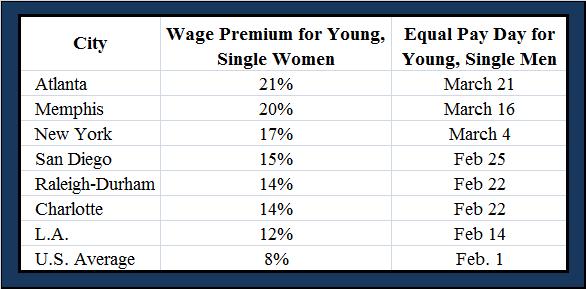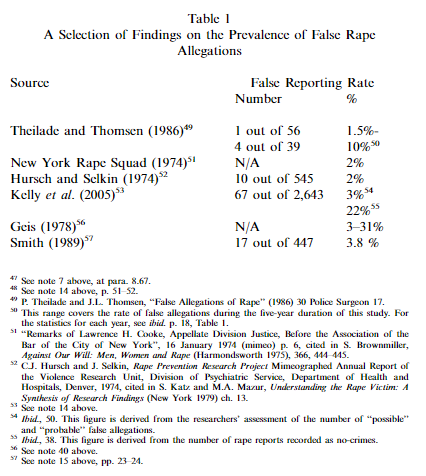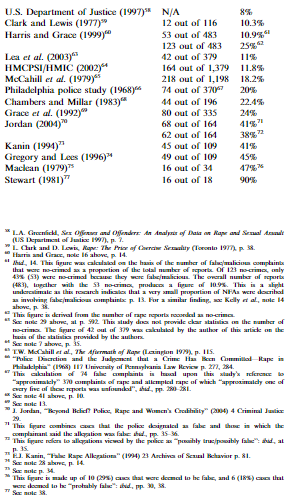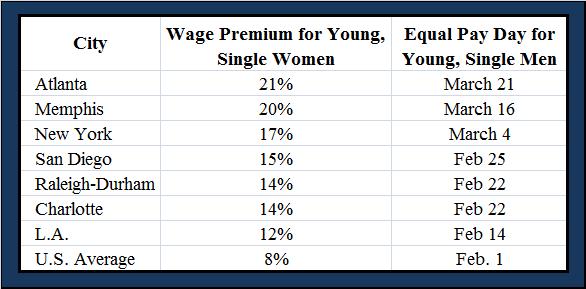
@Mephitus_Skunk @Yoginde87100660 The study cited by the article (that @Mephitus_Skunk cited) states that "husbands’ lack of full-time employment remains associated with marital instability" (asanet.org/sites/default/…, p. 717).
@Mephitus_Skunk @Yoginde87100660 Moreover, "fulfillment of the male-breadwinner role appears to be equally or more strongly associated with marital stability in more recent marriage cohorts" (asanet.org/sites/default/…, p. 717).
@Mephitus_Skunk @Yoginde87100660 However, "[w]hen all marriage cohorts are pooled, wives’ full-time employment is positively and statistically significantly associated with the risk of divorce" (asanet.org/sites/default/…, p. 716).
This finding correlates with other research.
This finding correlates with other research.
@Mephitus_Skunk @Yoginde87100660 "[H]eterosexual couples were especially likely to marry if the man had high earnings. … [A]mong heterosexual couples, earnings between partners became more unequal as the couples transitioned from cohabitation to marriage" (web.stanford.edu/~mrosenfe/Rose…, p. 5).
@Mephitus_Skunk @Yoginde87100660 "[W]ives’ high earnings were negatively associated with marital quality" (web.stanford.edu/~mrosenfe/Rose…, p. 19).
Consider that women initiate over 50% of the breakups and nearly 70% of the divorces (web.stanford.edu/~mrosenfe/Rose…, fig. 1, p. 34).
Consider that women initiate over 50% of the breakups and nearly 70% of the divorces (web.stanford.edu/~mrosenfe/Rose…, fig. 1, p. 34).

@Mephitus_Skunk @Yoginde87100660 "[T]he data suggest that married women may sometimes stay out of the labor force so as to avoid a situation where they would become the primary breadwinner" (nber.org/papers/w19023.…, p. 20).
@Mephitus_Skunk @Yoginde87100660 "[W]hen the wife earns more than the husband, the likelihood of divorce increases by about 6[%]… [and s]ince 12[%] of couples in the sample get divorced, this … implies that having the wife earn more than the husband increases the likelihood of divorce by 50[%]" (supra, p. 25).
@Mephitus_Skunk @Yoginde87100660 Needless to say, the evidence supporting what @Mephitus_Skunk wrote is compelling.
Moreover, this also does not take into consideration the #GenderedLaborGap (where men generally work more than women, on average, when both paid and unpaid domestic work is considered).
Moreover, this also does not take into consideration the #GenderedLaborGap (where men generally work more than women, on average, when both paid and unpaid domestic work is considered).
@Mephitus_Skunk @Yoginde87100660 @threadreaderapp, please unroll.
• • •
Missing some Tweet in this thread? You can try to
force a refresh












